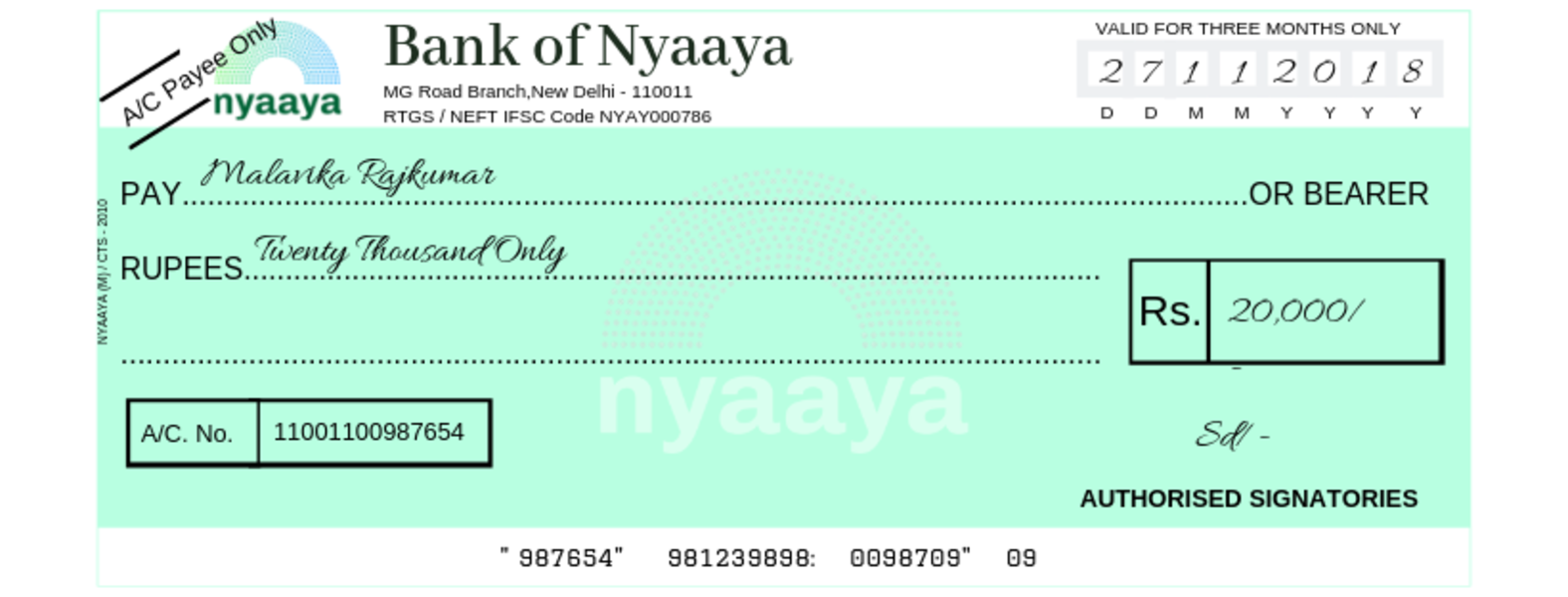Crossing a cheque means that it cannot be transferred to anyone else. In such cheques, you have to draw two parallel lines on the top left corner of the cheque and you can write the words “Account Payee Only” or “Not Negotiable” with it.

For illustration purposes only
These cheques cannot be encashed at the cash counter of a bank but can only be credited to the payee’s account.
These cheques are crossed to minimise the risk of misappropriation or loss of identity. Since crossed cheques are not payable at the counter and the amount is credited into the bank account of the payee, this is a safer way of transferring money as compared to an uncrossed or an open cheque on which no amount of money has been written.
A crossing may also be made where the name of the bank is indicated on the cheque, to restrict the payment. For example, if a cheque is made in the name of B and a crossing “Bank of Baroda” is made on the cheque, the cheque would be payable only to the account of B with Bank of Baroda and no other bank

Ligma
December 11, 2025
Thank you